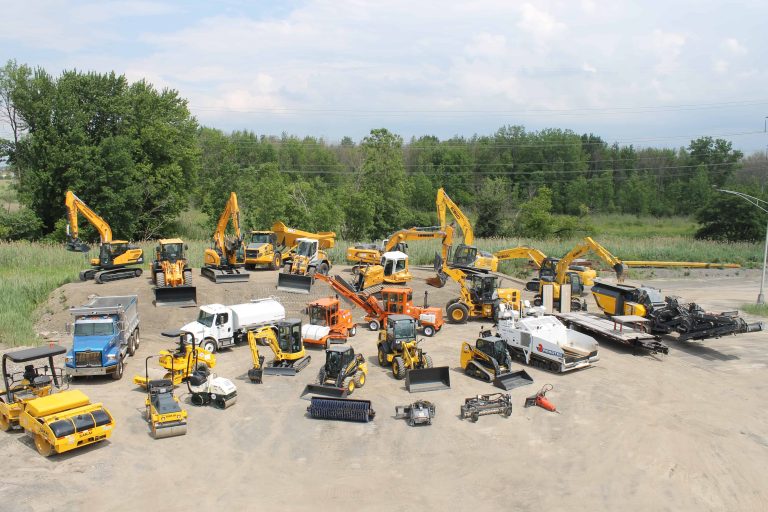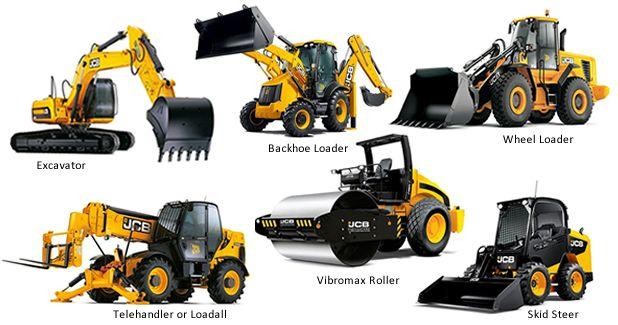Scissor Lift Rental: Safe and Effective Raising Solutions
Scissor Lift Rental: Safe and Effective Raising Solutions
Blog Article
Maximize Your Budget by Understanding the Expenses Linked With Building And Construction Devices Rentals
Comprehending the full scope of costs linked with construction devices services is critical for maximizing your budget plan. What approaches can be employed to efficiently handle these expenses and ensure a much more effective rental experience?
Review of Rental Costs
When thinking about construction equipment services, understanding the linked expenses is paramount for effective budgeting and project preparation. Rental expenses can differ substantially based upon several factors, consisting of tools type, period of rental, and place. The initial rental cost typically reflects the tools's market demand and its connected operational abilities, influencing the total cost.
In addition to the base rental price, secondary expenses may arise, such as transport costs, gas surcharges, and upkeep fees. It is vital to make up these added expenditures to properly examine the complete price of renting out equipment. Additionally, the rental duration can influence pricing; longer rentals might receive discounted prices, while temporary rentals may sustain higher day-to-day costs.

Breakdown of Rental Prices
A thorough understanding of rental prices is essential for professionals and project supervisors intending to maximize their budgets. Rental prices for construction devices generally consist of numerous elements, including base prices, time-based charges, and usage fees.
Base prices are the core costs related to the leasing of the devices, usually determined by the type and size of the equipment. These rates can vary significantly, influenced by variables such as equipment demand, accessibility, and regional market patterns. Time-based charges, which might be daily, weekly, or monthly, offer to suit various job timelines and rental periods.
In addition, rental rates may consist of use fees, which apply when equipment is used beyond a specified threshold, making sure that the rental business can account for deterioration. Seasonal need fluctuations can likewise influence rental rates, with peak building and construction seasons commonly commanding greater prices.
Furthermore, comprehending the rental business's policies relating to upkeep and insurance can provide more understanding right into the total cost framework. By analyzing these components, professionals can make informed decisions, guaranteeing the selection of rental equipment lines up with both task requirements and spending plan restraints.
Extra Costs to Consider
Recognizing the ins and outs of added fees is vital for contractors to manage their overall rental costs efficiently. Past the conventional rental rates, numerous supplementary fees can significantly impact the total price of equipment leasing. These costs frequently consist of distribution and pickup charges, which can vary based upon range and logistics entailed in carrying the equipment to and from the task website.
In addition, some rental companies might enforce fuel surcharges if the equipment is returned with much less fuel than when rented. It is investigate this site additionally necessary to understand potential cleansing charges, particularly for customized tools that needs extensive maintenance after usage.

Thoroughly reviewing the rental contract and making clear these added costs upfront can assist specialists guarantee and my latest blog post avoid unexpected costs that budgets continue to be undamaged throughout the task lifecycle.
Repair And Maintenance Expenditures
Routine repair and maintenance costs are usually ignored variables that can dramatically influence the total cost of building tools rentals. When renting out equipment, it is vital to consider not only the rental costs yet also the prospective prices connected with keeping the equipment in optimum operating condition.
Lots of rental companies include standard maintenance as component of the rental agreement; nevertheless, extra substantial repairs or unanticipated break downs can result in additional expenses. It's necessary to examine the rental agreement carefully to recognize what upkeep solutions are covered and what obligations drop on the occupant.
Additionally, tools that is not well-maintained can cause ineffectiveness on the task site, potentially enhancing and triggering delays project costs. To mitigate these risks, it is advisable to perform normal examinations and keep open communication with the rental supplier pertaining to any kind of problems that emerge during use.
Insurance Policy and Responsibility Expenses
Insurance coverage and obligation expenses are vital elements that can considerably influence the general expense of building tools services (scissor lift rental). These costs make sure that both the rental business and the customer are safeguarded from prospective financial losses occurring from crashes, damages, or theft throughout the rental period

Additionally, customers need to recognize any kind of deductibles or exclusions in the insurance coverage, as these can influence possible out-of-pocket expenditures. Understanding the terms of any insurance protection is essential to avoid unforeseen expenses. Eventually, budgeting for insurance coverage and responsibility costs can aid ensure a smoother rental experience and secure versus financial threats connected with construction projects.
Conclusion
In final thought, a detailed understanding of the costs associated with building and construction tools rentals is vital for efficient budget monitoring. Inevitably, notified decision-making concerning equipment services adds to the total success of building ventures.
Rental costs can differ dramatically based on a number of elements, including equipment kind, duration of rental, and location (mini excavator rental). The rental duration can affect pricing; longer leasings may certify for discounted prices, while short-term leasings could sustain higher day-to-day charges
By performing detailed research study and involving with reputable rental business, professionals can properly navigate the complexities of rental prices, ultimately optimizing their monetary resources.
Past the basic rental rates, various supplementary charges can significantly impact the overall price of devices service. Rental companies commonly provide obligation insurance policy that covers injuries to third parties or damages to home, while tools damage insurance coverage can cover the expense of fixings or replacement if the rented out equipment is damaged.
Report this page